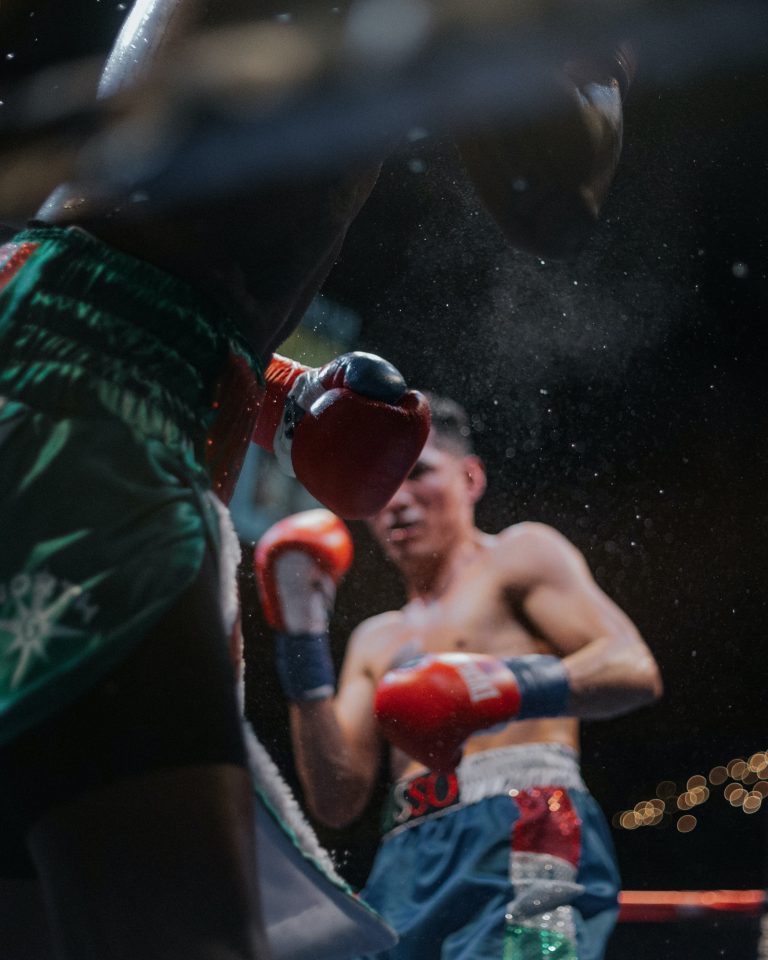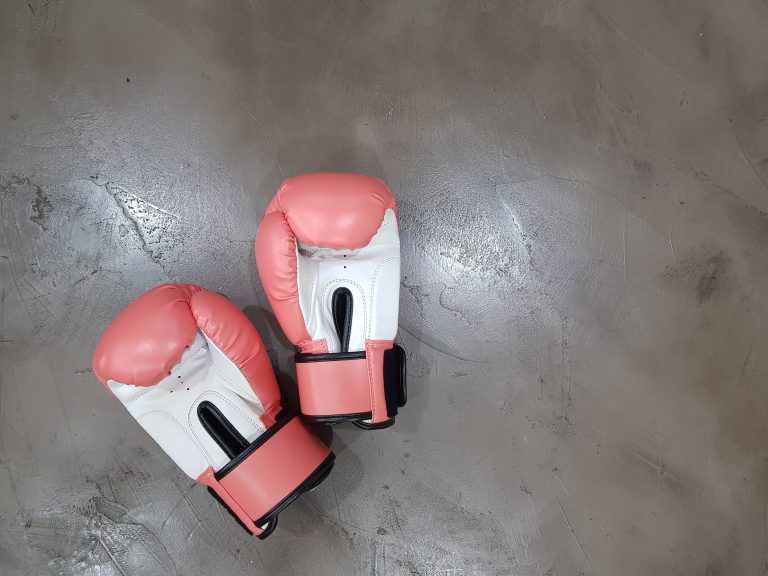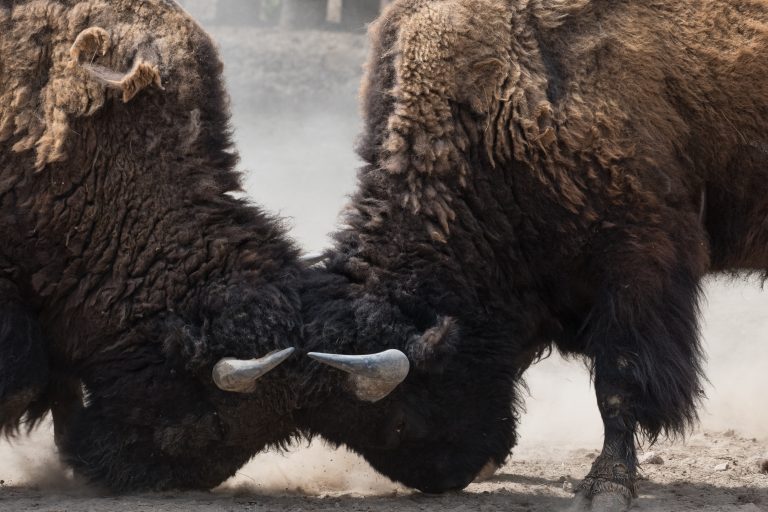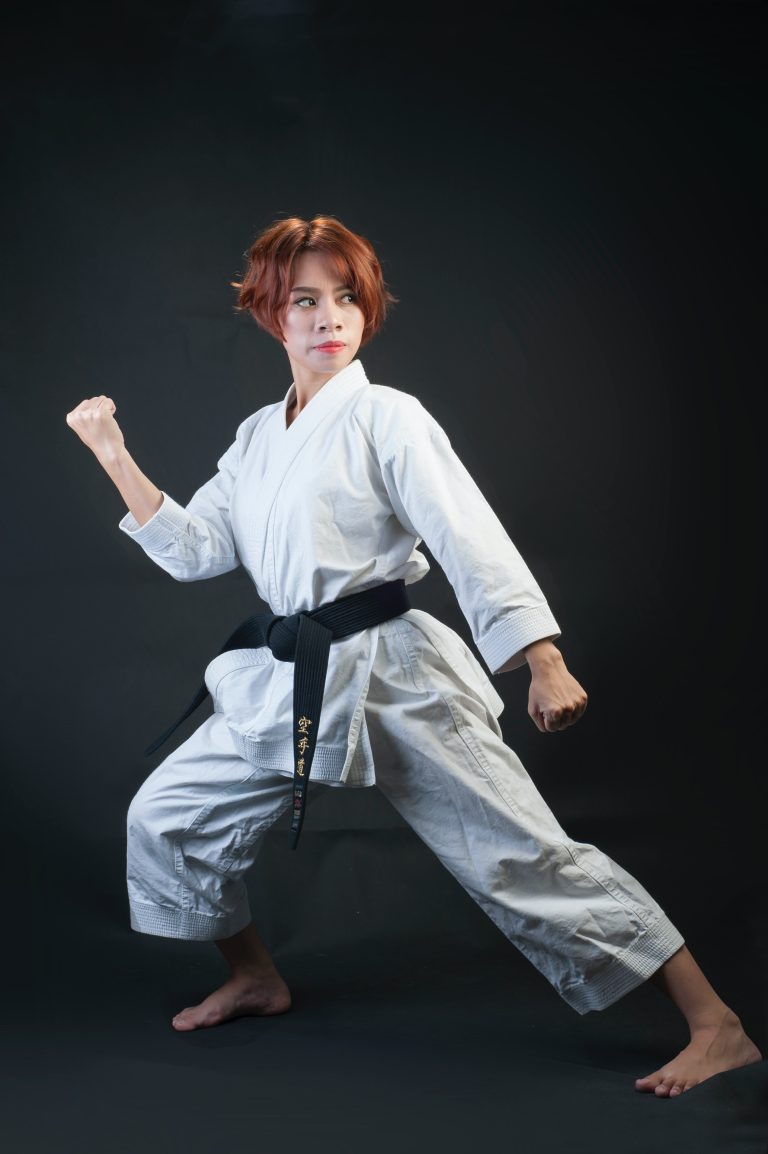The 10 Most Common Mistakes in Karate Training and How to Avoid Them
Karate is an empowering martial art that requires consistency, discipline, and a willingness to learn. However, even the most dedicated students can make mistakes in their training that can hinder their progress. In this blog post, we will explore the 10 most common mistakes in karate training and offer tips on how to avoid them.
1. Skipping warm-ups and cool-downs
One of the most common mistakes karate students make is skipping warm-ups and cool-downs. Warm-ups help to prepare your body for the physical demands of training, while cool-downs help to prevent muscle soreness and injuries. Skipping these crucial components of your training can be detrimental to your progress.
To avoid this mistake, arrive early to your training sessions to allow enough time for proper warm-up and cool-down exercises. Also, consider incorporating stretching and yoga into your daily routine to improve flexibility and reduce the risk of injury.
2. Focusing too much on technique and not enough on power
Karate is not only about technique but also about power. Focusing too much on perfecting your form can hinder your ability to generate enough power and impact in your strikes, kicks and blocks.
To avoid this mistake, incorporate power training into your workouts. This can include exercises such as plyometrics, weight training, and resistance training.
3. Going through the motions without intention
Karate requires intention in every movement. Practicing without intention can lead to sloppy technique and ineffective training.
To avoid this mistake, focus on the purpose and intention of each movement, and visualize the desired outcome. This can improve your technique and make your training more effective.
4. Neglecting strength and conditioning training
Strength and conditioning training are crucial for karate. Neglecting strength training can lead to inadequate muscle development, while neglecting conditioning training can hinder your endurance and stamina.
To avoid this mistake, incorporate a strength and conditioning program into your training routine. This can include exercises such as running, jumping jacks, pushups, crunches, and squats.
5. Not practicing your weak points
Many karate students tend to practice what they are already good at, neglecting their weak points. Neglecting your weak points can hinder your progress and limit your growth as a karate student.
To avoid this mistake, identify your weak points and focus on improving them. Seek guidance from your instructor and seek constructive feedback from peers to improve your technique.
6. Overtraining
Overtraining can lead to exhaustion, burnout, and injury. It is important to listen to your body and to take time to rest and recover.
To avoid overtraining, incorporate rest days into your training routine, take breaks when you feel fatigued, and pay attention to any signs of injury and seek medical attention.
7. Not breathing properly
Breathing is essential in karate. Proper breathing can help to generate more power and improve endurance.
To avoid this mistake, practice proper breathing techniques during training, and focus on exhaling during strikes and inhaling during blocks.
8. Not practicing with a partner
Practicing with a partner can improve your timing, reflexes, and sparring skills.
To avoid this mistake, find a partner or training group to practice with regularly. Consider joining a sparring class or attend competitions to gain more experience.
9. Not focusing on your posture
Posture is important in karate. Improper posture can hinder your technique and increase the risk of injury.
To avoid this mistake, focus on maintaining proper posture during training. Practice exercises that help improve your posture, such as standing up straight with good alignment.
10. Not setting and achieving goals
Setting goals can help to motivate you and give you direction in your training. Not setting goals can lead to a lack of purpose and progress in your training.
To avoid this mistake, set clear, achievable goals for your training. Keep track of your progress and adjust your goals as needed.
In conclusion, avoiding these common mistakes in karate training can help you to progress and achieve your goals. Incorporate these tips into your training routine, and always seek feedback and guidance from your instructor. With dedication and a willingness to learn, you can reach your full potential in the art of karate.
The 10 Most Common Mistakes in Karate Training and How to Avoid Them
Karate training involves rigorous practice and discipline. It requires dedication, hard work, patience, and honesty towards oneself. The goal of Karate is not just to defeat an opponent but also to transform oneself into a better human being. However, students make some common mistakes during Karate training that can hinder their progress. In this article, we will discuss the 10 most common mistakes in Karate training and learn how to avoid them.
1. Lack of Focus on Basic Techniques
Basic techniques are the foundation of Karate. Students should focus on mastering basic punches, kicks, blocks, and stances before moving on to advanced techniques. Ignoring basic techniques can lead to poor form and technique, making it difficult to progress in Karate. Therefore, it’s essential to train regularly on basic techniques to improve strength, speed, and accuracy.
2. Poor Body Posture and Alignment
Karate involves a lot of body movements, and it’s essential to maintain proper posture and alignment. Poor posture and alignment can result in ineffective techniques, injuries, and even chronic pain. Therefore, it’s important to focus on maintaining a straight back, relaxed shoulders, and hips squared towards the front while practicing Karate.
3. Incorrect Breathing Techniques
Karate techniques require proper breathing techniques to deliver maximum power and energy. Students should learn how to breathe correctly by exhaling as they strike and inhaling as they retract. Proper breathing technique not only maximizes the power of the technique but also helps in calming the mind and body during practice.
4. Inadequate Sparring Practice
Sparring practice is an integral part of Karate training. Students should not avoid sparring practice, as it helps them to understand the practical application of techniques while developing their reaction time and speed. It’s important to spar with different partners to improve adaptability and versatility in Karate.
5. Over-reliance on Strength and Power
Karate is not just about strength and power but also about agility and technique. Students should not over-rely on strength and power, as this can limit their technique and overall progress. It’s important to focus on developing speed, timing, distance, and technique, rather than solely relying on strength and power.
6. Poor Flexibility and Mobility
Karate involves a lot of kicks, twists, and turns, which requires excellent flexibility and mobility. Students with poor flexibility and mobility can face difficulty in executing techniques correctly and increase the risk of injuries. Therefore, it’s essential to work on flexibility and mobility regularly by incorporating exercises like stretching and yoga into your Karate training.
7. Neglecting Mental and Emotional Training
Karate is not just about physical strength but also about mental and emotional strength. It’s essential to develop focus, control, self-discipline, and positivity through mental and emotional training. Neglecting this aspect of Karate training can hinder overall progress and limit personal growth.
8. Inconsistent Practice
Inconsistent practice can negatively impact progress in Karate. Students should practice regularly, setting aside a fixed schedule and following it religiously. Consistency helps in developing muscle memory, technique, strength, and endurance while reducing the risk of injuries.
9. Lack of Respect for Seniors and Peers
Karate is an art based on tradition, hierarchy, and mutual respect. It’s important to respect senior and peer Karateka by bowing, greeting, and addressing them appropriately. It not only shows respect and gratitude towards the art form but also develops good character and values.
10. Inadequate Warm-up and Cool-down
Warm-up and cool-down exercises are essential in Karate as they prepare the body for intense training and reduce the risk of injuries. Students should incorporate simple exercises like jogging, jumping jacks, and stretches into their warm-up and cool-down routines.
Conclusion
In conclusion, Karate is a dynamic and challenging martial art that requires discipline, focus, and consistent practice. The 10 common mistakes that students make in Karate training discussed above can hinder progress and limit personal growth. However, with dedication, patience, and hard work, these mistakes can be avoided. By following the tips and techniques outlined in this article, students can become better Karateka and achieve their goals on the path of Karate.
Inhaltsverzeichnis






